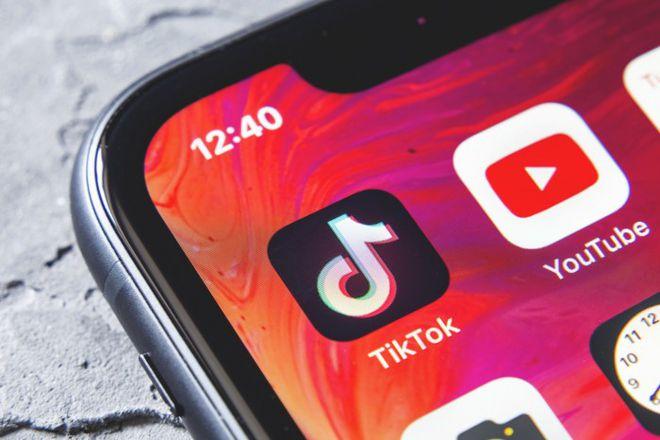**TikTok’s Big Debut: The Story Behind the App That Took Over Your Phone**
(When Was Tiktok Made)
You know that app you open when you’re bored, the one with dance challenges, cooking hacks, and clips of cats doing backflips? Yeah, TikTok. But when did it all start? Let’s rewind.
TikTok first popped up in September 2016. It wasn’t called TikTok back then, though. A Chinese tech company named ByteDance launched an app named Douyin for users in China. Douyin blew up fast. People loved its short, snappy videos and the way it made editing easy. ByteDance saw the potential. They wanted to take the idea global.
Here’s where things get interesting. Another app called Musical.ly was already huge in places like the U.S. and Europe. Musical.ly let users lip-sync to songs and share short clips. Sound familiar? ByteDance bought Musical.ly in November 2017. They merged it with their own global version of Douyin. The result? TikTok. The app officially became “TikTok” everywhere outside China in August 2018.
Why did TikTok catch on so quick? It wasn’t just luck. The app made it simple for anyone to create fun content. Filters, effects, and a massive music library turned ordinary moments into mini-masterpieces. You didn’t need fancy equipment. A phone and 15 seconds were enough. Teens started posting dances. Parents tried viral recipes. Comedians cracked jokes. Everyone found something.
Timing helped too. TikTok arrived just as attention spans were shrinking. People wanted quick entertainment, not 10-minute YouTube videos. Scrolling through TikTok felt like flipping TV channels but better—the app learned what you liked. If you watched three cat videos, it fed you more. The “For You” page became a black hole of endless content.
Then came the challenges. Remember the “Renegade” dance? Or the sea shanty trend? TikTok turned these into global phenomena. Schools, offices, even grandparents’ living rooms became stages. Celebrities joined in. Will Smith posted videos. Lizzo danced in pajamas. The app wasn’t just for teens anymore.
Numbers tell the story. By early 2020, TikTok had over 800 million users. During lockdowns, that number skyrocketed. Stuck at home, people baked bread, learned dances, and made skits. TikTok was the escape hatch. It also became a news source. Protests, elections, life hacks—everything lived there.
But it wasn’t all smooth. Governments worried about data privacy. India banned TikTok in 2020. The U.S. threatened to do the same. TikTok argued it kept data safe. Tensions rose, but the app kept growing. Competitors like Instagram Reels and YouTube Shorts copied the format. Imitation is flattery, right?
Today, TikTok isn’t just an app. It’s a culture machine. It launches songs to the top of charts. It makes unknown creators famous overnight. A kid in Ohio can start a trend that blows up in Tokyo. Brands fight to go viral. Teachers use it for lessons. Therapists share mental health tips. It’s a weird, wild mix.
Think about the tech behind it. The algorithm is like a mind-reader. It knows if you prefer cooking videos over skateboard fails. It serves up content so fast, you don’t realize you’ve been scrolling for an hour. Love it or hate it, TikTok changed how we consume media.
(When Was Tiktok Made)
What’s next? No one knows. New apps will come. Trends will shift. But for now, TikTok’s hold is tight. It’s the app that turned us all into creators, critics, and binge-watchers. And it all started less than a decade ago.
Inquiry us
if you want to want to know more, please feel free to contact us. (nanotrun@yahoo.com)




